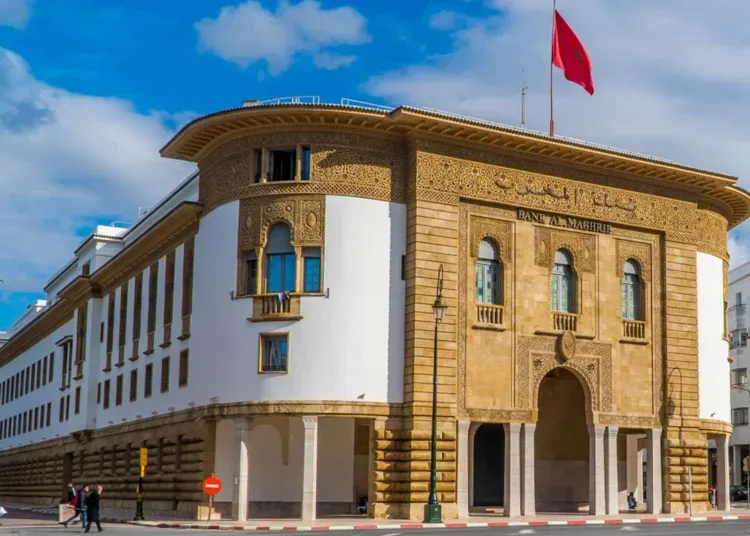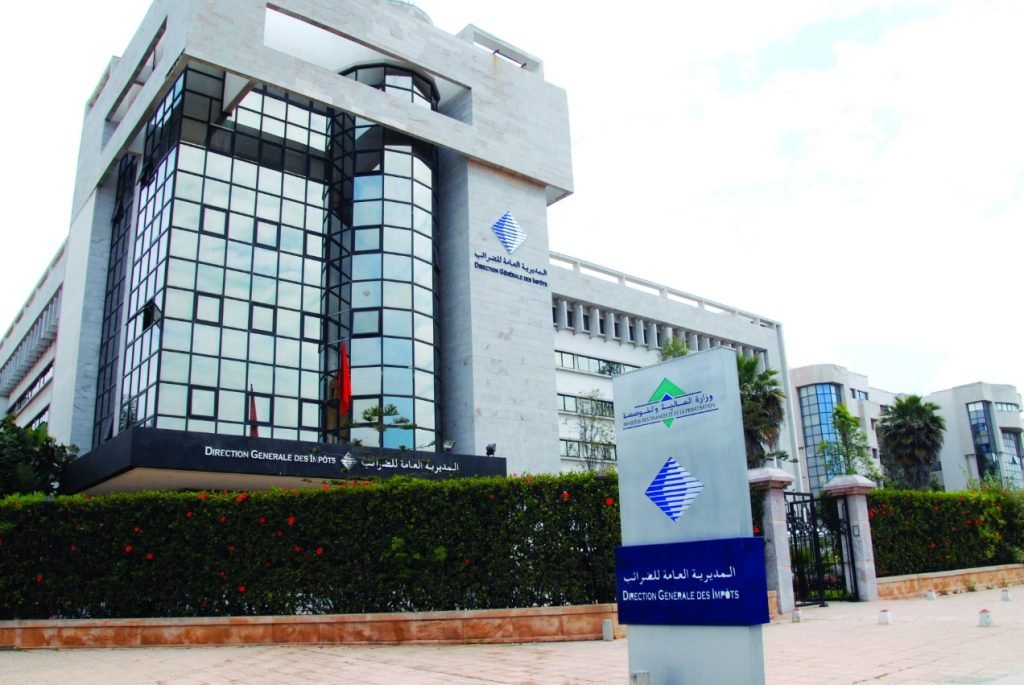According to the latest figures published by Bank Al-Maghrib (BAM), equipment loans and participatory housing finance remain the key drivers of credit expansion in Morocco. As of the end of May 2025, equipment loans surged by 19.5% year-on-year, while participatory housing financing rose by 16.8%, underscoring a shift in investment and household financing patterns.
📊 Steady Credit Growth Despite Monthly Decline
The total outstanding bank credit reached MAD 1,144 billion (MMDH), marking an annual increase of 4.4%, despite a monthly contraction of over MAD 12 billion compared to April.
This growth is largely attributed to two high-performing segments:
Equipment loans, which recorded a sharp annual rise of MAD 41 billion.
Participatory housing financing, reflecting growing consumer interest in Sharia-compliant financial products.
Equipment Loans Reflect Investment Recovery
The strong rebound in equipment loans signals a revival of productive investment, particularly in the real estate development sector, where financing increased by 6.4% compared to May 2024. This trend points to renewed confidence in the investment climate.
🏠 Participatory Finance Gains Ground
The outstanding participatory housing loans stood at MAD 26.5 billion, up by MAD 3.8 billion year-on-year. This demonstrates an accelerating demand for alternative Islamic financing, especially among Moroccan households.
Public Sector Credit Contracts
In contrast, loans to the public sector declined slightly by 0.4%, settling at MAD 102.3 billion. A significant portion of this decrease is due to a prolonged 3% decline in funding to local governments, whose outstanding debt fell to MAD 25.6 billion.
Private Sector Lending on the Rise
The private sector showed robust performance, with credit increasing by MAD 31.7 billion year-on-year. This was mainly supported by household borrowing, which grew by 5.1%, equivalent to an additional MAD 19.5 billion.
Rising Non-Performing Loans (NPLs)
Bank Al-Maghrib also reported a 4.6% increase in non-performing loans (NPLs), bringing the total to MAD 101 billion. This indicates a slight deterioration in credit quality, following a period of stagnation in April.
Monetary Policy Remains Unchanged
The central bank decided to maintain its benchmark interest rate at 2.25%, citing balanced macroeconomic conditions and the need to monitor the socio-economic environment closely.
Strong Growth in Money Supply
Monetary aggregates also saw upward momentum. The broad money supply (M3) expanded by 7.8% year-on-year, reaching an outstanding volume of MAD 1,918.6 billion by the end of May 2025.
Conclusion:
Morocco’s banking sector is exhibiting strong signs of recovery and realignment, driven by productive investments and evolving household preferences. While private sector demand remains buoyant, vigilance is warranted regarding the slight uptick in








